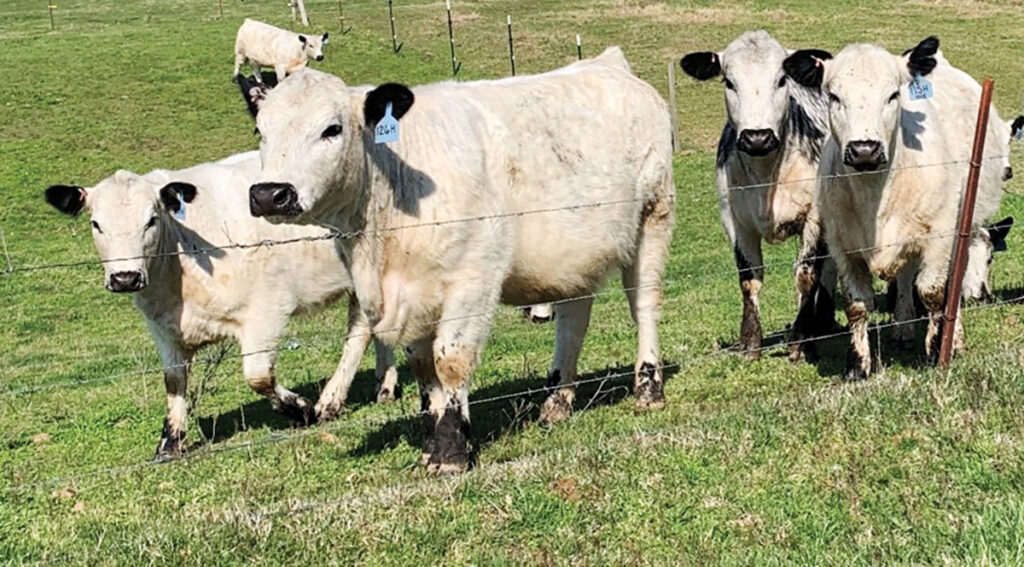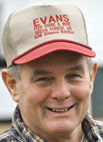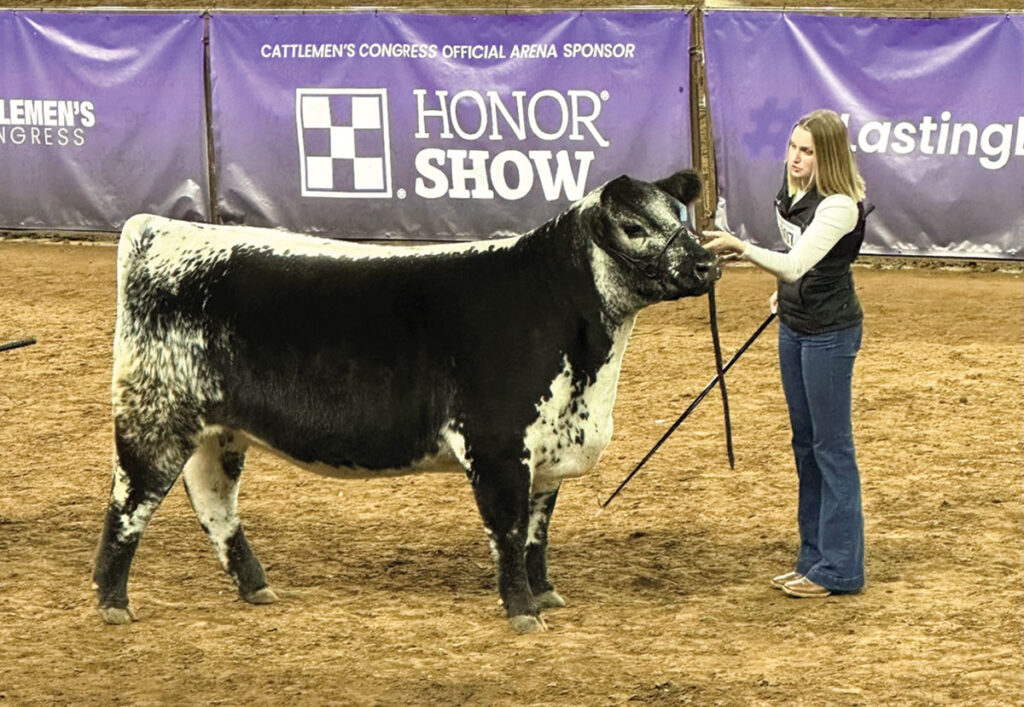
Bill and Angie Hewat are getting in on the”ground level” of Speckle Park cattle
GOSHEN, ARK. – Speckle Park cattle are a breed of cattle most people have never heard of, let alone seen. The novelty of the breed was part of what drew Bill and Angie Hewat to them.
The Hewats were looking for an entry into a new breed with commercial potential when they happened across Speckle Park. Producing seedstock for a new breed was the most practical way to make significant impact on the breed, especially since they own a small farm.
In November 2020, they purchased three heifers at an auction in Nevada, Mo., and that began their journey to becoming one of a growing number of Speckle Park producers in the United States.
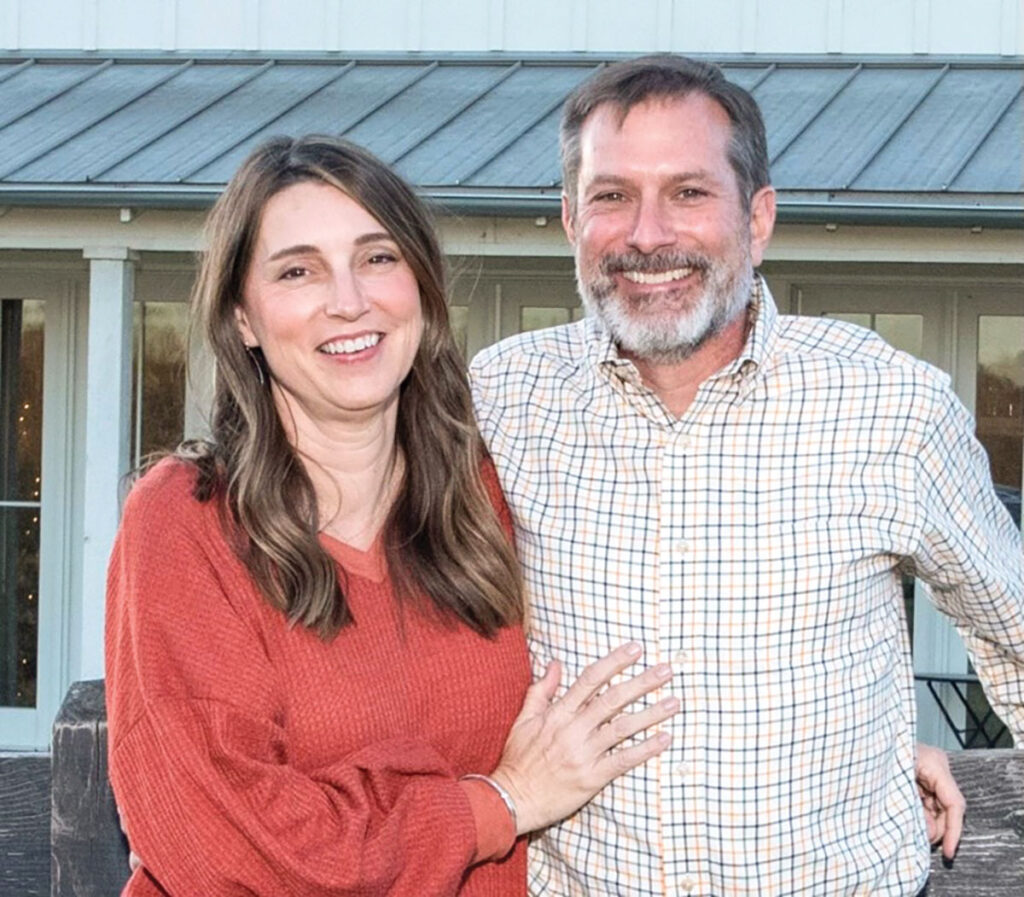
Speckle Park were developed in Saskatchewan, Canada around 1953 by crossbreeding stock of the British Aberdeen Angus, Shorthorn and White Park breeds; the spotted or speckled pattern for which it is named was derived from a single bull with the color-pointed markings of the British White Park. In 1983, the Canadian Speckle Park Association was formed and in 1993 Speckle Park was declared an “evolving breed.” On July 6, 2006, the Minister for Agriculture in Canada announced that Speckle Park was a “distinct, pure breed” and they are the only cattle breed to be developed in Saskatchewan.
Speckle Park is one of the fastest growing breeds and is quickly gaining popularity around the world. They are very adaptable and thrive in extreme climates; from cold Canadian winters to brutally hot Australian summers. Along with their ability to adapt, they are very efficient in converting feed to gain and have remarkably high carcass ratings. The cows are excellent mothers and easy calvers, they have great udder placement, teat size and are good milkers. The newborns calves are vigorous and grow off quickly. They require minimal maintenance, are easy keepers and very gentle. These traits combined with “eye appeal” are some of the reasons this breed is quickly becoming popular.
It was not long after purchasing the original heifers that the Hewats knew they wanted more. They purchased another 15 head of heifers and in two short years they have grown their herd into one of the largest Speckle Park herds in the United States.
Currently, the herd includes 45 head cow/calf pairs and six bulls, as well as some commercial, non-Speckle Park cows.
The farm is 60 acres of mixed grasses and because of intensive grazing, pasture management can be difficult. Aside from grass and hay, supplemental grain, mineral, sulfur, and cobalt is provided year-round.
Typical cow/calf herd health programs are implemented and include rotational worming programs and vaccination programs that promote overall and reproductive health. They have found that selenium and vitamin E administration (BoSe) in newborn calves is beneficial. Antibiotics are used sparingly and are only utilized when warranted.
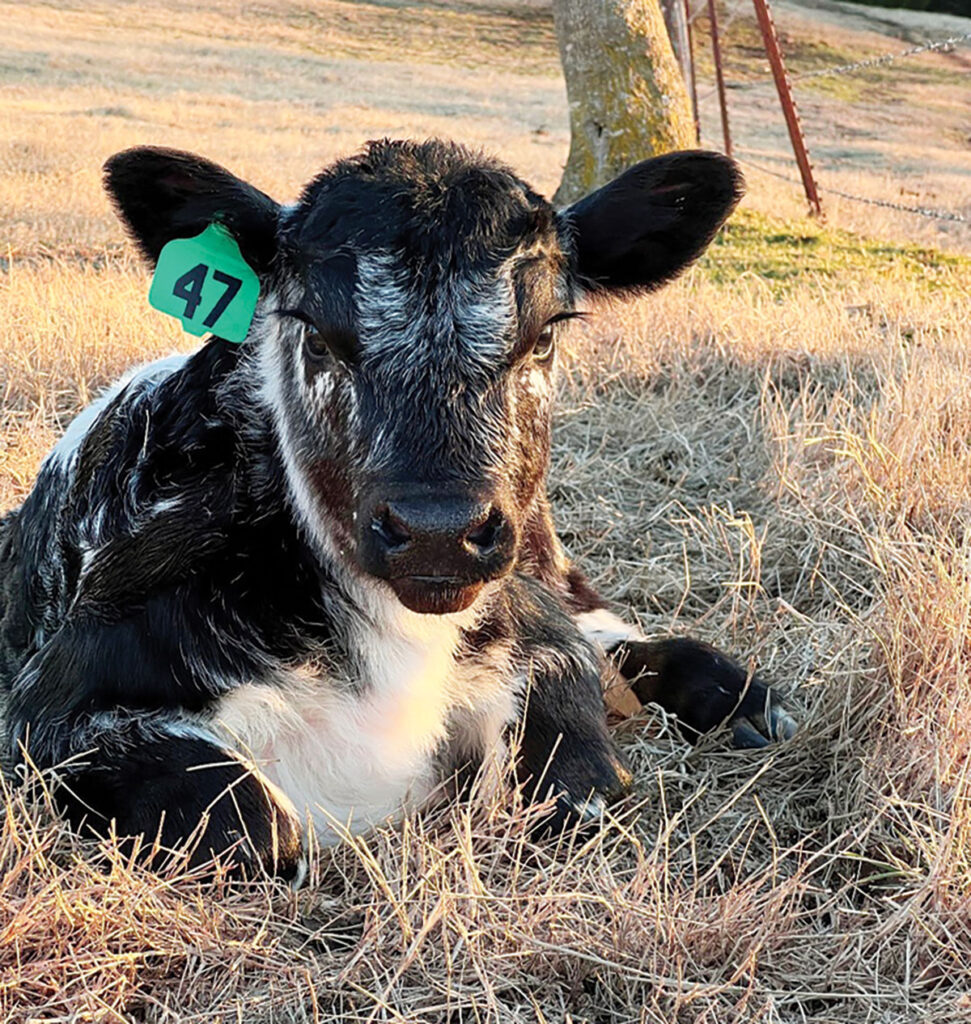
Bill is a founding member of the American Speckle Park Association, which was established in 2021.
“One of the big advantages to producing Speckle Park is being able to get in on a breed at the ground level,” Bill said.
“Each family would make a different choice as to what they believe the advantages of growing Speckle Park would be, but for us, the point where we are in our lives right now, it is exciting to be in on the ground level of a new breed,” Angie said. “There is not another breed out there right now that can say that.”
Showing and promoting the breed is the priority of the Hewats, along with developing seed stock for other producers.
“Ultimately, one day I would like to pass it along to our grandchildren,” Bill said. “With agriculture, there is nothing better you can do for your kids than to put them into an environment where they know where their food comes from and where we teach them that there are other things that depend upon us.”
The first Speckle Park show in the United States was held in January at the Cattlemen’s Congress in Oklahoma City, Okla. It was also the first national sale in the U.S., with 31 head. The Hewats had a successful run, taking second-place junior female, first-place open female, open female yearling heifer, reserve grand champion and yearling bull reserve champion.
There was a big interest in Speckle Park at the show and it was also well represented by delegates from the Canadian Speckle Park Association.
“The Canadians believe so much in this breed and they want to see it succeed in other places,” Angie said.
The Hewat’s first-place open female, BRF Phoenix, was sold at the National sale and will soon be on her way to her new home in New Hampshire, and the other two heifers are due to drop calves very soon.
The Hewats’ breeding program is currently natural cover, but they plan to add AI and embryo transfer. They prefer to have calves in January-March because of the show circuit.
Eventually, they would like to have a grass-fed farm-to-table operation but right now their focus is on building a seed stock program and promoting the Speckle Park breed.
